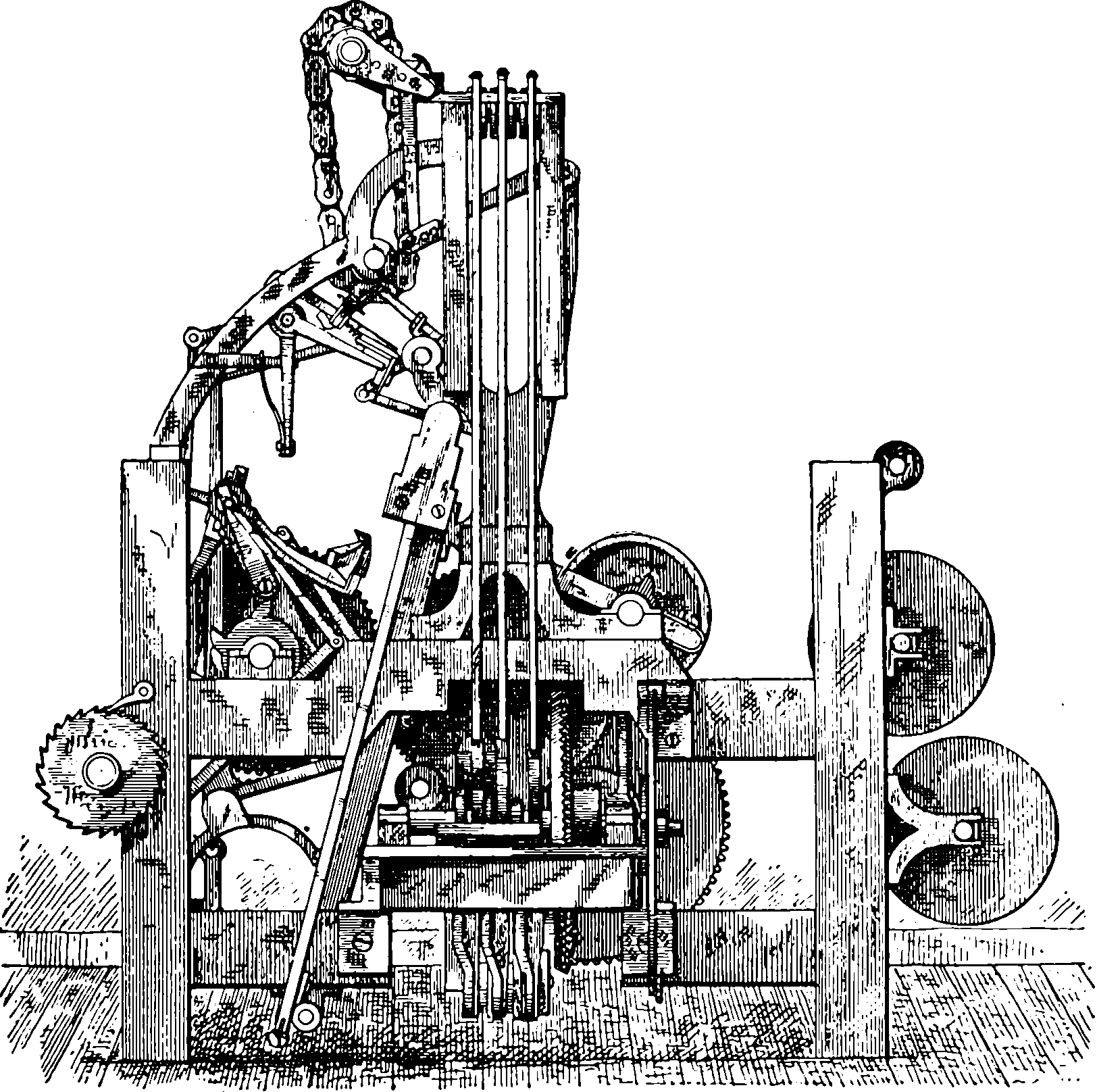Mathematics of textiles
October 14, 2019 — August 20, 2020
Suspiciously similar content
\[ \renewcommand{\var}{\operatorname{Var}} \renewcommand{\dd}{\mathrm{d}} \renewcommand{\pd}{\partial} \renewcommand{\bf}[1]{\mathbf{#1}} \renewcommand{\vv}[1]{\boldsymbol{#1}} \renewcommand{\mm}[1]{\mathrm{#1}} \renewcommand{\cc}[1]{\mathcal{#1}} \renewcommand{\oo}[1]{\operatorname{#1}} \renewcommand{\gvn}{\mid} \renewcommand{\II}{\mathbb{I}} \]
A side-on divergence into braid theory, jacquard weaving, and lace. Connections with computer science via jacquard looms, algebra, and topology via braid theory.
I’m less interested in crocheting hyperbolic surfaces, although I acknowledge that this is probably the most prominent thing that these keywords call to mind these days. Basically, I’d like to know just a little more about what kind of fishnet stockings I can code up on an industrial weaving machine and what I can know about their properties.
Elisabetta Matsumoto and others at the APS Meeting on fabrics.
Veronika Irvine’s model of bobbin lace.
The Flexible Structure Laboratory.
Also, basic but handy, digital embroidery via EmbroidePy and PEmbroider.
